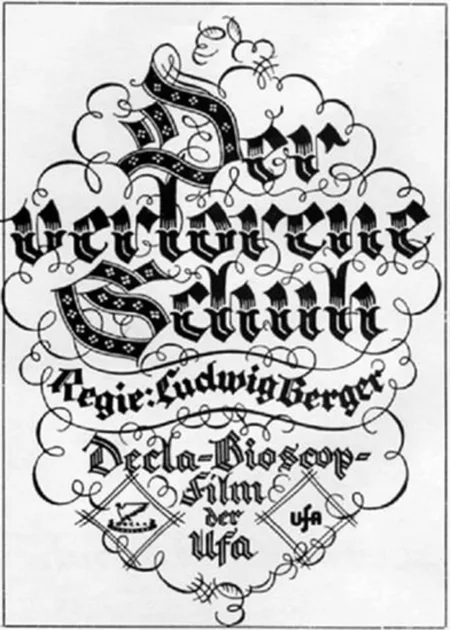Biography
(No Information)
Filmography
all 4
Movies 4
Writer 3
Creator 1
Information
Known ForWriting
GenderMale
Birthday1778-09-08
Deathday1842-07-28 (63 years old)
Birth PlaceKoblenz-Ehrenbreitstein, Germany
ReligionCatholicism
Height
ChildrenMagdalena Maria Brentano
FatherPeter Anton Brentano
MotherMaximiliane Brentano
SiblingsSophie Brentano, Franz Dominicus Brentano, Georg Brentano, Ludovika Katharina Maria des Bordes, Bettina von Arnim, Christian Brentano, Gunda von Savigny
CitizenshipsKingdom of Prussia
This article uses material from Wikipedia.
Last updated:
 Clemens Brentano
Clemens Brentano- Filmography
- Information


